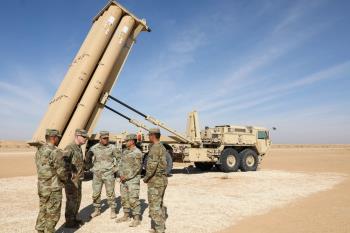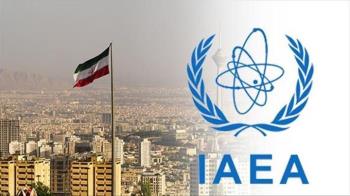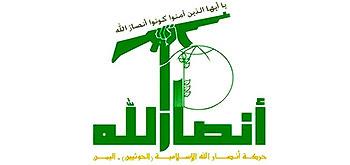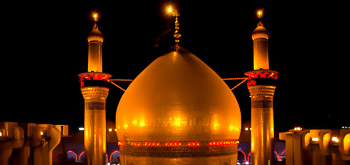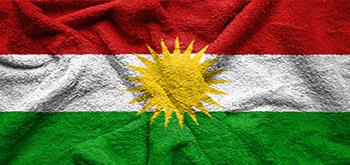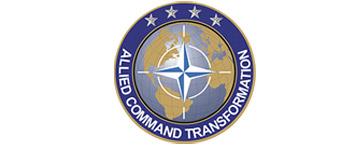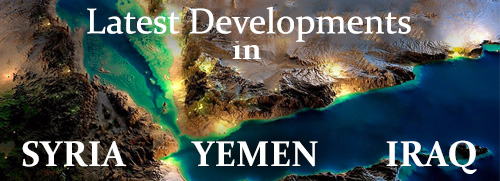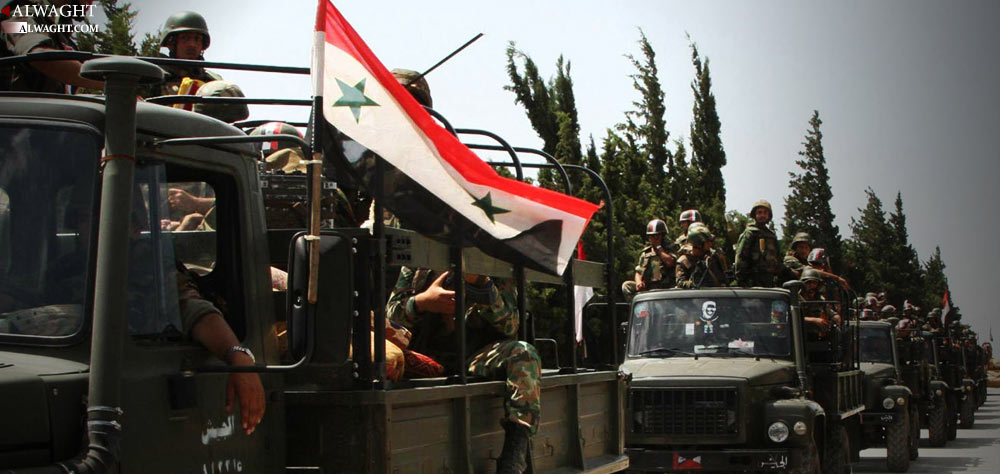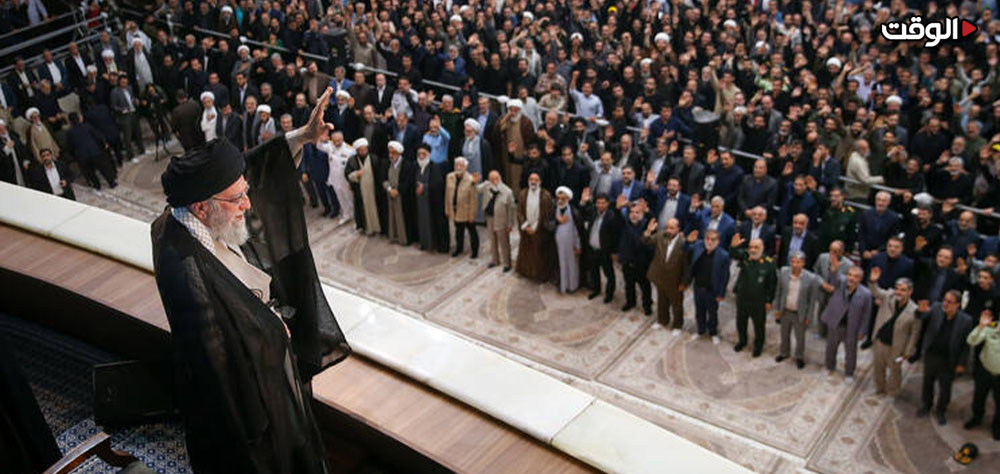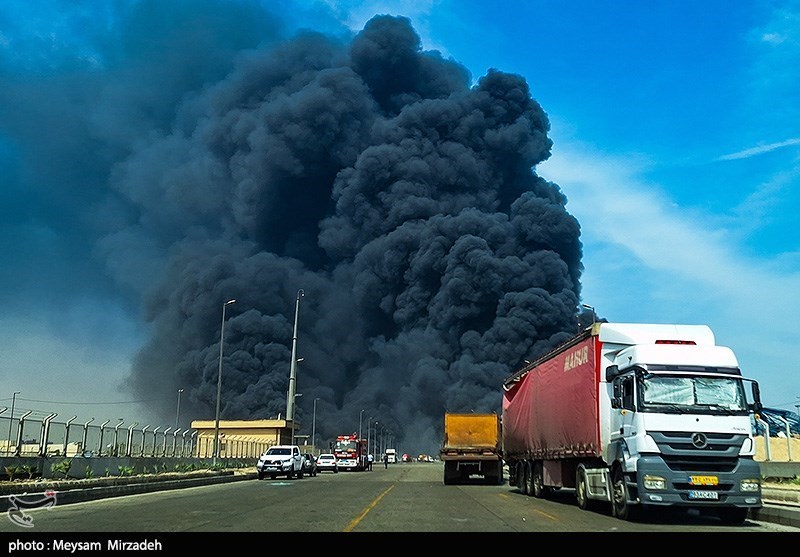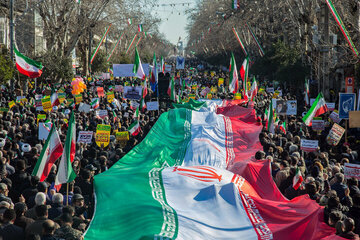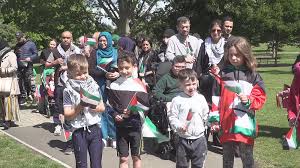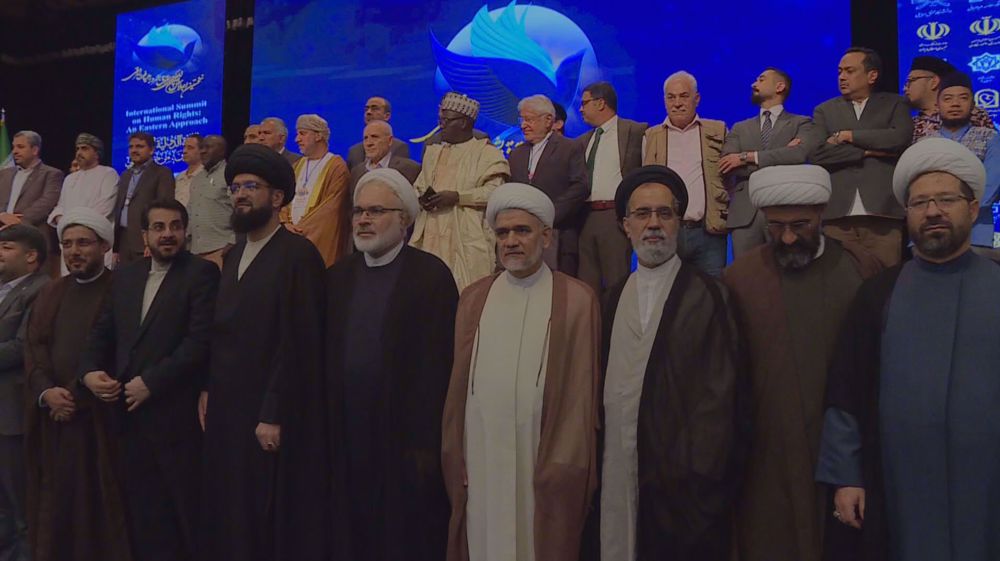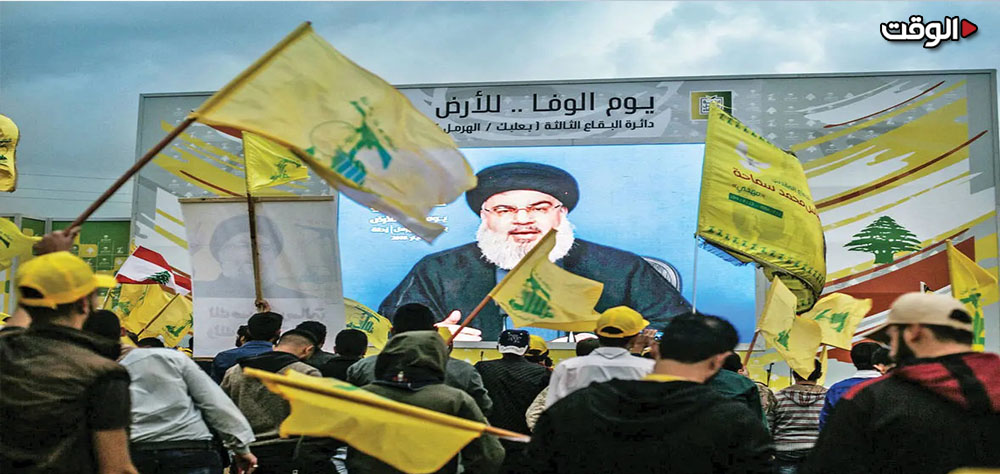Alwaght- During the past six years of the devastating Syria war, the country's army and its allies including Lebanon’s Hezbollah put a premium on liberation of the western parts of the country held by the terrorists, namely the areas labeled the “useful Syria” which is home to the largest population of the country and covers major cities such as the capital Damascus, Homs, Aleppo, and Lattakia.
But it appears that the plans are undergoing some changes. The allied forces in an overhaul of strategy have shifted their focus from the west to the east of the country which is predominantly a desert region with cities with small population. However, they are significant for the government to control them as they contain large reserves of gas and oil and also the minerals. Actually, the Syrian government needs to reclaim a full control over the eastern parts as it foresees a necessity for financial resources if it wants to reconstruct the nation once the conflict comes to an end.
Aside from the economic significance of the eastern Syria for the government of President Bashar al-Assad, Damascus and its allies shift the battle there to foil the American plans for the region. Washington is seeking expansion of its influence in the east from two fronts. In north the US-backed Syrian Democratic Forces (SDF) are continuing their push to take Raqqa province from ISIS group, the terrorist group's stronghold in Syria; and in south and southeast, a coalition of extremist militants under the so-called Free Syrian Army (FSA) is struggling to seize further areas under its control with massive military support from the US, Britain, and Jordan.
Some analysts suggest that the US wants to partition Syria. Such speculations are backed reports emerged last week revealing big number of American and British troops and military equipment unprecedentedly amassed in the Jordanian territory just near the border with Syria’s southeast.
Firmly standing for sovereignty and unity of the country, the Syrian government and the allied sides have begun effective steps to thwart the American schemes in the eastern regions. The government has recently approved of a Russia, Turkey, Iran-brokered peace agreement to establish “de-escalation zones” in western battlegrounds including Idlib and Homs provinces. The ceasefire that came out of Astana peace process between the government and the opposition militants will free a large number of troops from the western front lines, which means they can be deployed to the east. The fresh reports maintain that the pro-Damascus forces are making final preparations to head eastward to open new battle lines there against occupying militants.
The first push has reportedly begun from Homs in the center of the country and bordering Deir ez-Zor, the ISIS-encircled eastern city. The second move starts from the ancient city of Palmyra mainly to reach Al-Sukhnah located close to a freeway that connects Palmyra to Deir ez-Zor. The final goal of the two operations is to break Deir ez-Zor's two-year blockade. ISIS has encircled nearly 7,000 army troops, who received aids through airdrops during last two years. The US over past year has repeatedly bombed the government forces in the encircled city. Every time, on the heels of the American airstrikes, the ISIS fighters stormed the government reinforcements in Deir ez-Zor in a bid to break the last army's defense lines there. But their assaults have been repelled so far.
A third front from which the Syrian forces launch their eastward offensive focuses on seizing the Al-Tanf border crossing, which stands between Syria and Iraq. Currently held by the US and Jordan-backed militants, the crossing is on a freeway that links Damascus to Baghdad, and so it is of great importance for Damascus anti-terrorism campaign. Washington and Amman eye cutting link between the Syrian and Iraqi capitals behind the border crossing seizure to halt the neighbors cooperation in fight against terrorists.

